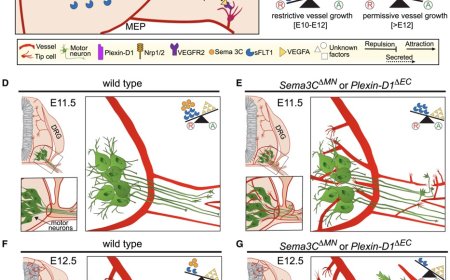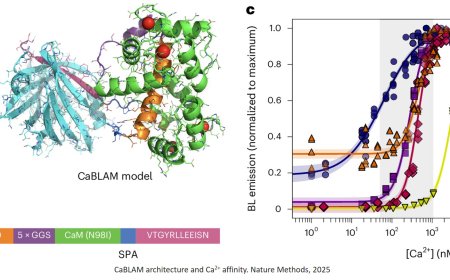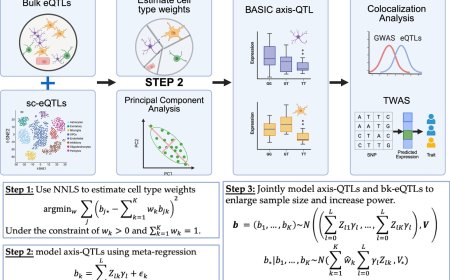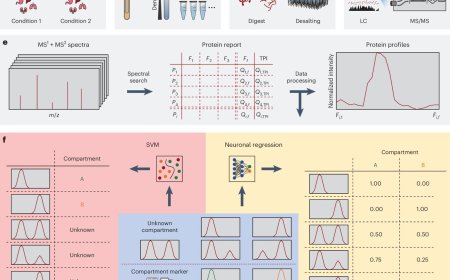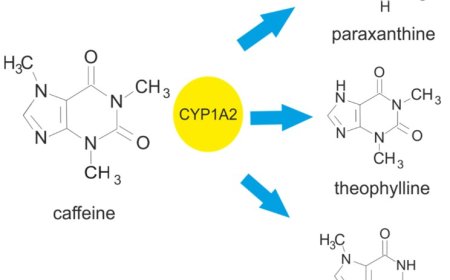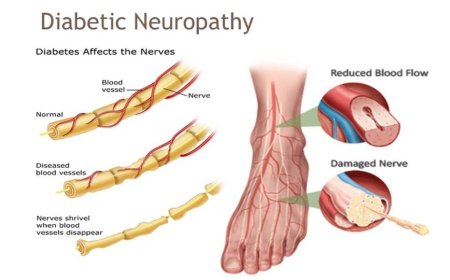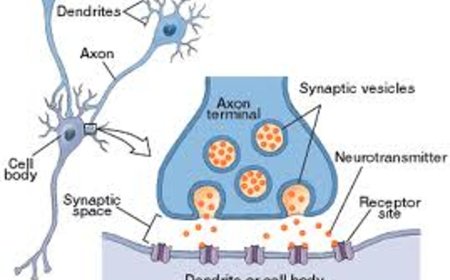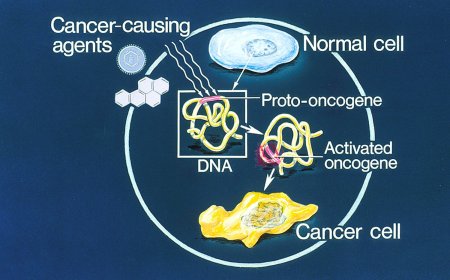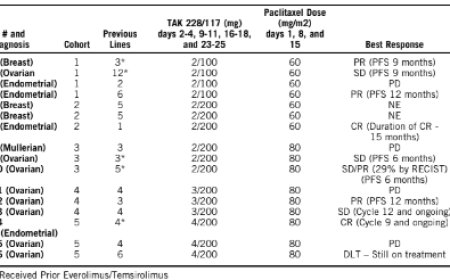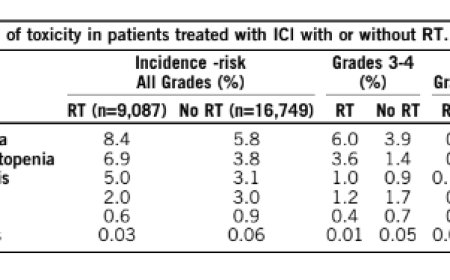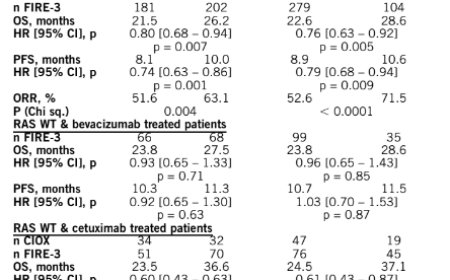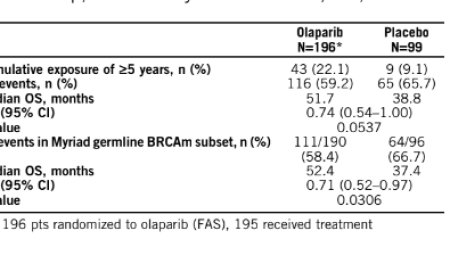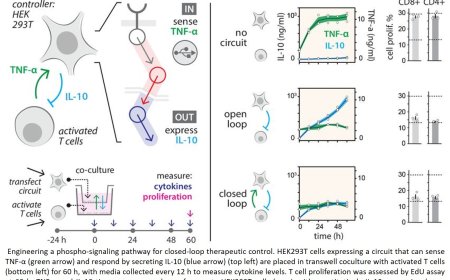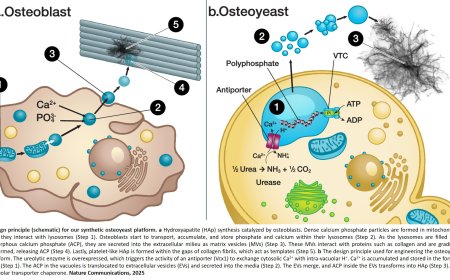Printed skin to replace animal testing

Directive 2010/63/EU laid down restrictions on animal testing for the testing of cosmetics and their ingredients throughout the EU. Therefore, there is an intense search for alternatives to test the absorption and toxicity of nanoparticles from cosmetics such as sun creams.
A team of researchers is working on the development of skin imitations that mimic the native three-layer tissue structure and biomechanics of human skin. Such imitations can be produced using 3D printing and consist of hydrogel formulations that are printed together with living cells.
“The hydrogels for our skin imitation from the 3D printer have to fulfil a number of requirements,” says the senior author. “The hydrogels must be able to interact with living skin cells. These cells not only have to survive, but also have to be able to grow and multiply.” The starting point for stable and 3D-printable structures are hydrogel formulations. Hydrogels are characterized by their high-water content, which creates ideal conditions for the integration and growth of cells. However, the high-water content also requires methods for mechanical and chemical stabilization of the 3D prints.
The authors are working intensively on cross-linking methods for stabilization. Ideally, following nature’s example, the cross-linking takes place under very mild conditions and without the use of cytotoxic chemicals. After successful stabilization, they test the resistance and toxicity of the 3D prints in cell culture. Only when skin cells in the hydrogel survive in cell culture for two to three weeks and develop skin tissue can we speak of a skin imitation. This skin imitation can then be used for further cell tests on cosmetics.
The first tests of 3D-printed hydrogels in cell culture were very successful. The cross-linked materials are non-cytotoxic and mechanically stable. “In the next step, the 3D-printed models (skin imitations) will be used to test nanoparticles,” says the author.
We are now working together to further optimize the hydrogel formulations and validate their usefulness as a substitute for animal experiments.”
https://star-protocols.cell.com/protocols/3987
https://sciencemission.com/fabrication-of-self-standing-nanocellulose-based-3D-scaffolds
